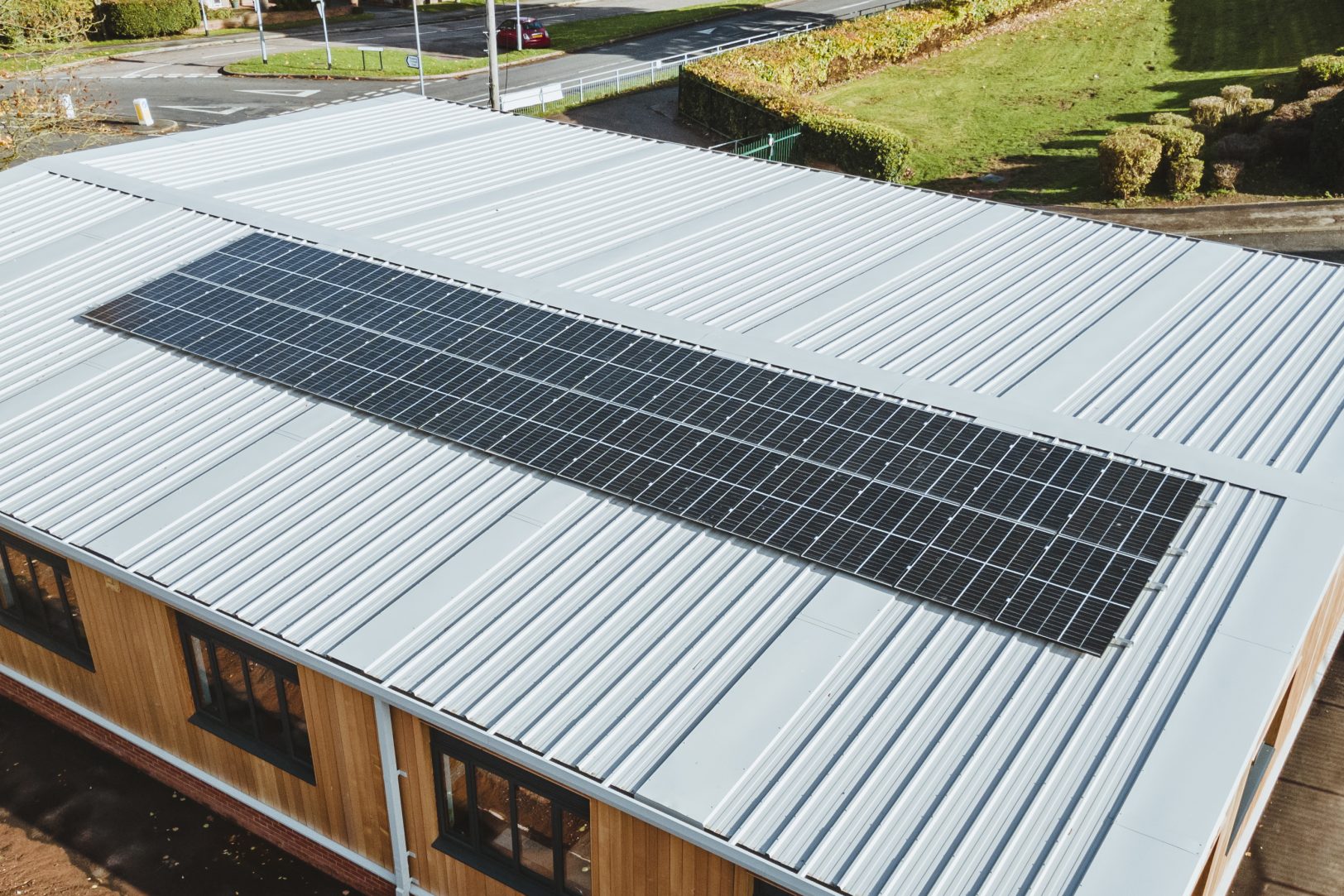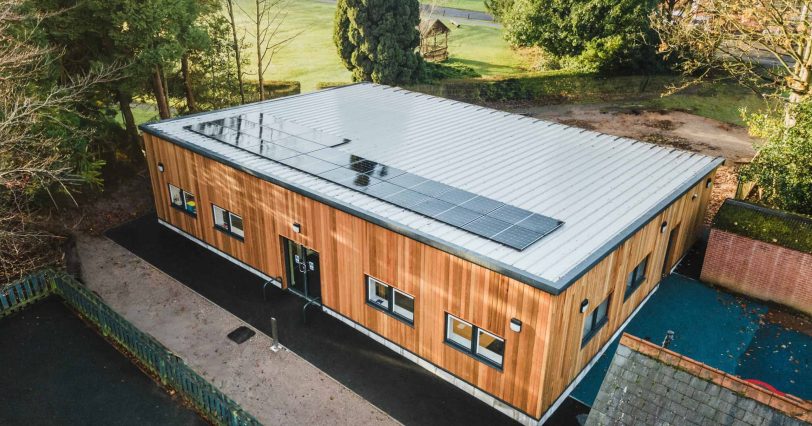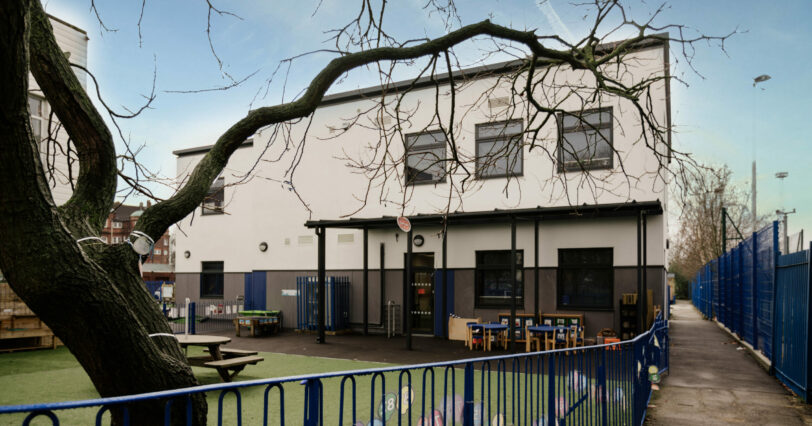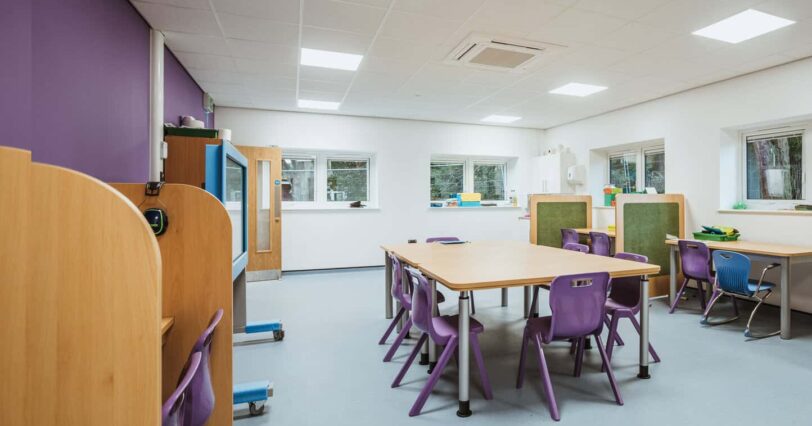It’s been almost five years since the School Strike for Climate movement claimed news headlines, involving over 16,000 students up and down the country and many more around the world.
While the first of these protests was organised by then 15-year-old Greta Thunberg, the idea quickly spread across nations, revealing an environmentally engaged generation who are passionate about achieving real change.
How can schools nurture and empower this emerging cohort of climate champions?

Talking the talk and walking the walk
While the Geography and Biology curriculum educates students about the causes and risks of climate change, it’s important that schools bring these lessons to life by practising what they preach.
This can include simple activities such as encouraging children to walk or cycle to school, or larger organisational changes such as switching to a renewable energy supplier or installing green technology throughout the estate.
This type of action demonstrates genuine support of – and collaboration with – young people’s concerns, which can benefit their wellbeing as they in turn feel heard and understood. But what could this look like in real terms?
Operation: Net Zero
Updating the school estate by investing in net zero buildings is one way to inspire pupils every day whilst also increasing student capacity and supporting the health and wellbeing of the whole school community.
Our buildings challenge the carbon status quo by integrating three types of sustainable technology in every project we deliver. We are:
LEAN
Using technology that efficiently reduces ongoing energy demand, such as mixed mode ventilation and LED lighting with daylight and occupancy sensors.
CLEAN
Bringing in an efficient and clean supply of energy using local energy sources, such as ground and air source heat pumps or chilled beams.
GREEN
Implementing technology that produces, stores and uses renewable energy on-site, such as solar panels, solar thermal heating and wind power.
In practice, this means schools can often generate more energy than they need – making them net zero in operation as shown at the Hart School in Staffordshire.
This school used a range of green technologies including solar PV panels on the roof, insulated and airtight timber-faced panels, mechanical heat recovery ventilation (MHVR) and sensor-controlled, low-energy lighting to inspire students and ensure that it was fully futureproofed.

Pioneering change for future generations
Our innovative approach allows us to inspire student curiosity, ease climate anxiety and grow the understanding and support of net zero initiatives beyond the classroom, whilst simultaneously providing safe, comfortable learning environments.
We aim to support students as they prepare to take on the sustainable jobs of the future, by proving that net zero buildings are not only possible but achievable for every school.
Want to know more about inspiring future-proof and climate-friendly change in your school? Speak with experts today.






